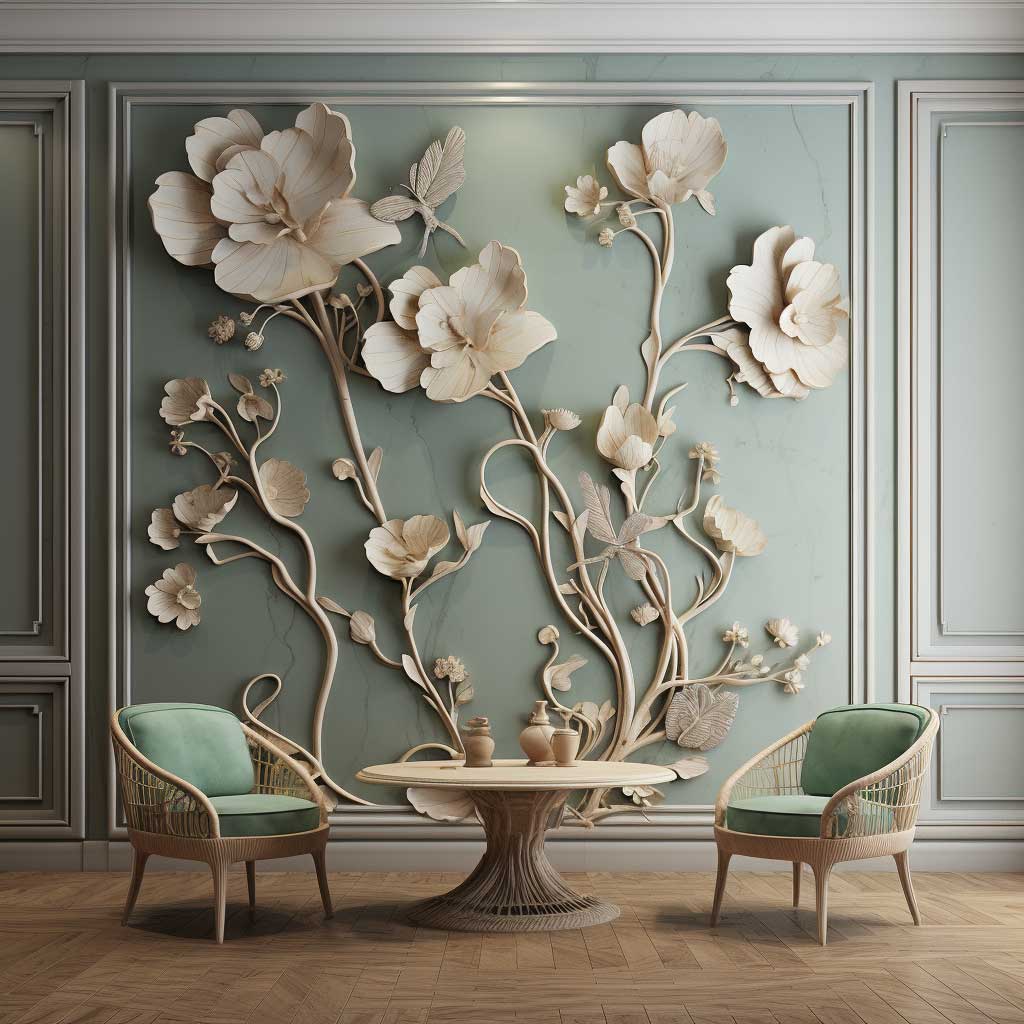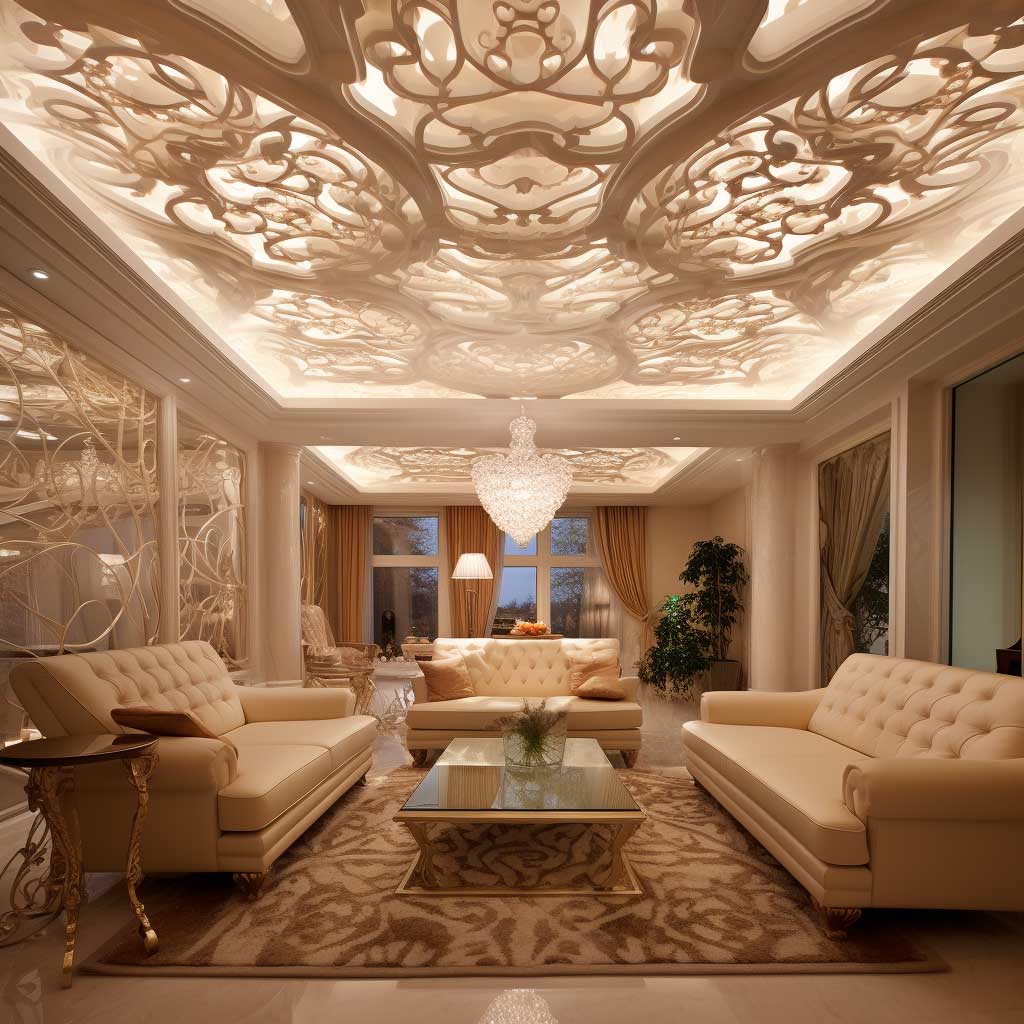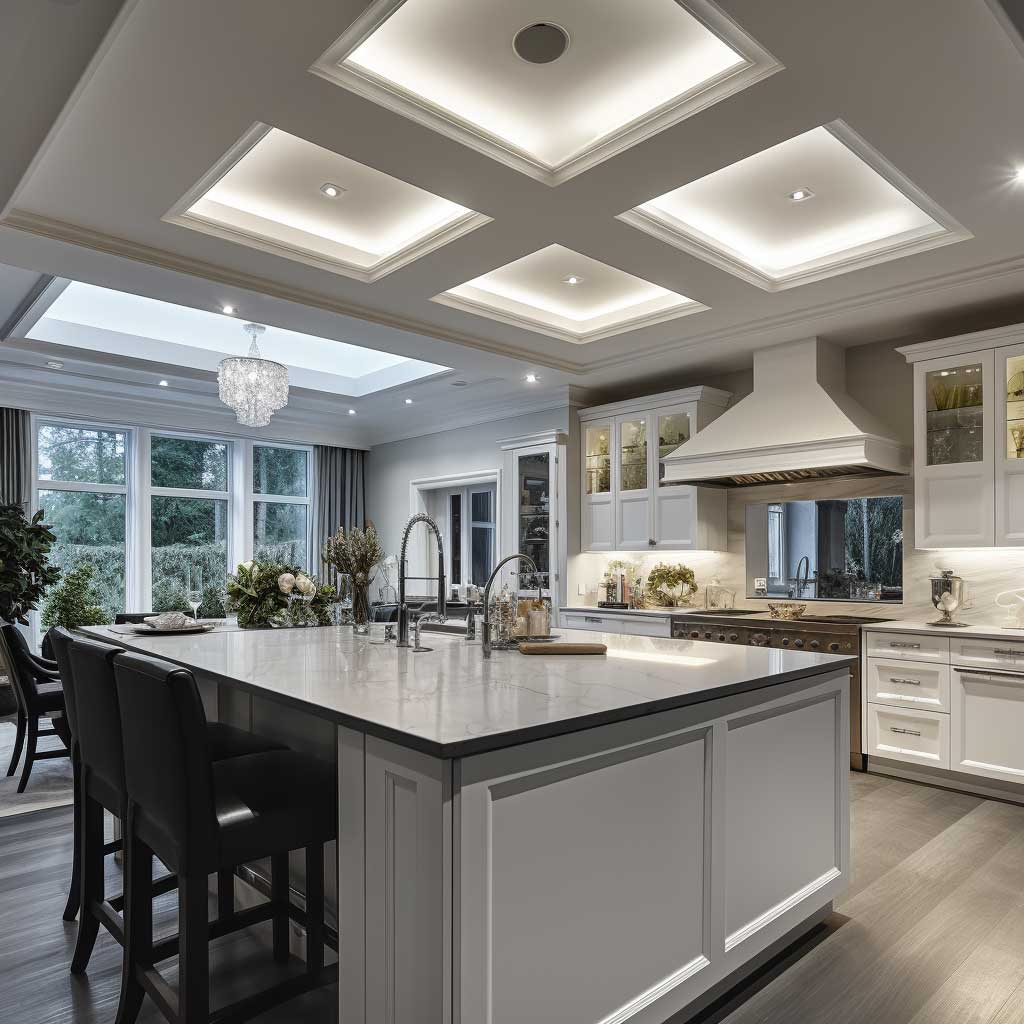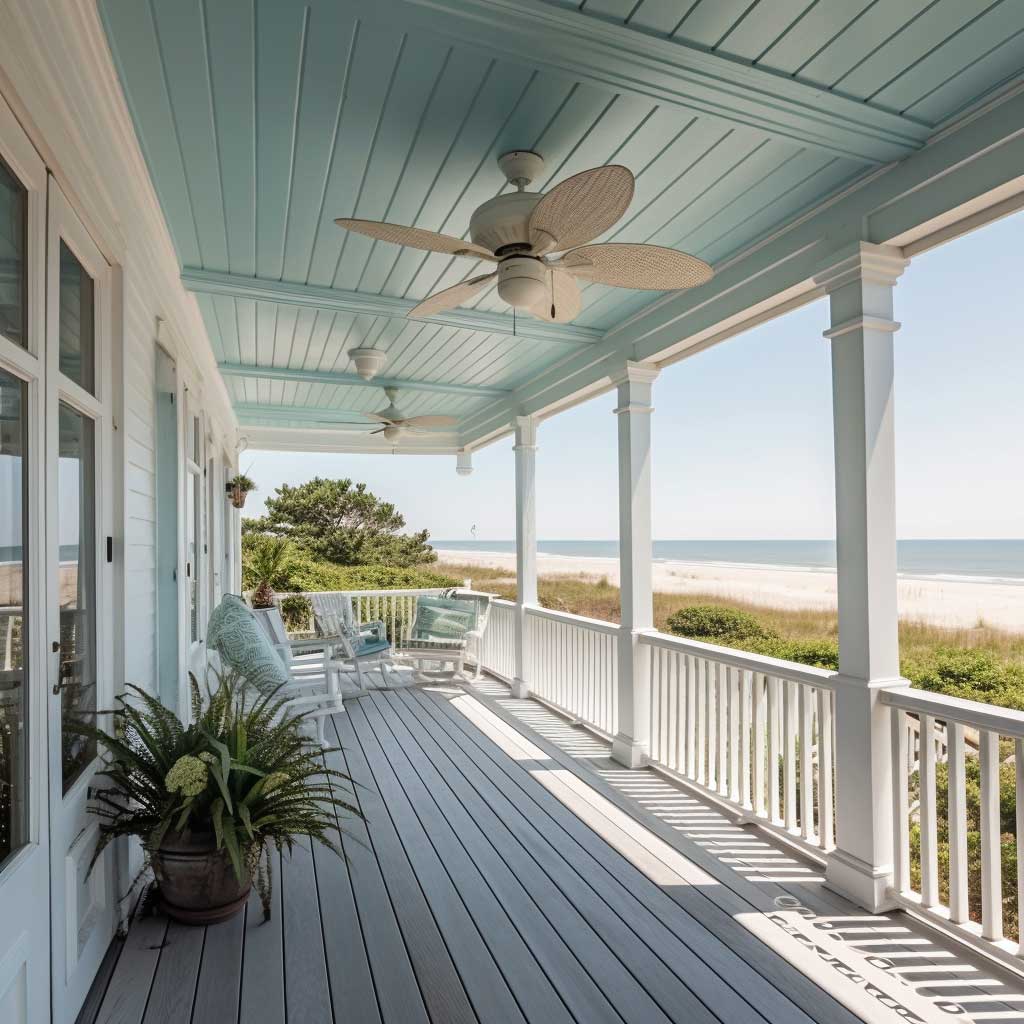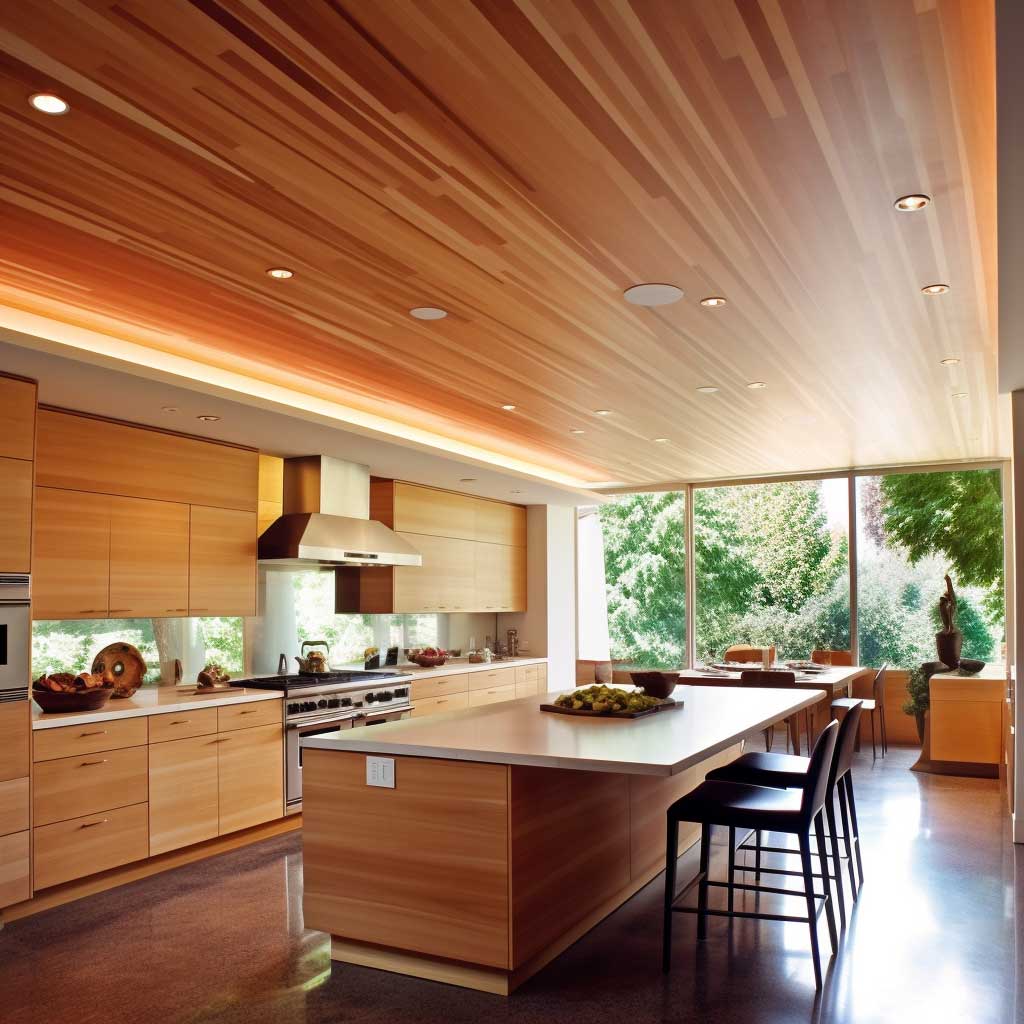The ceiling of a room is often overlooked when it comes to interior design. However, a well-designed ceiling can add architectural interest and elevate the overall aesthetic of a space. Arched ceiling design is a timeless trend that has been used for centuries to create visual appeal and spaciousness in both residential and commercial spaces. In this article, we’ll explore the benefits, considerations, and examples of arched ceiling design, as well as provide inspiration for incorporating this design element into your next project.
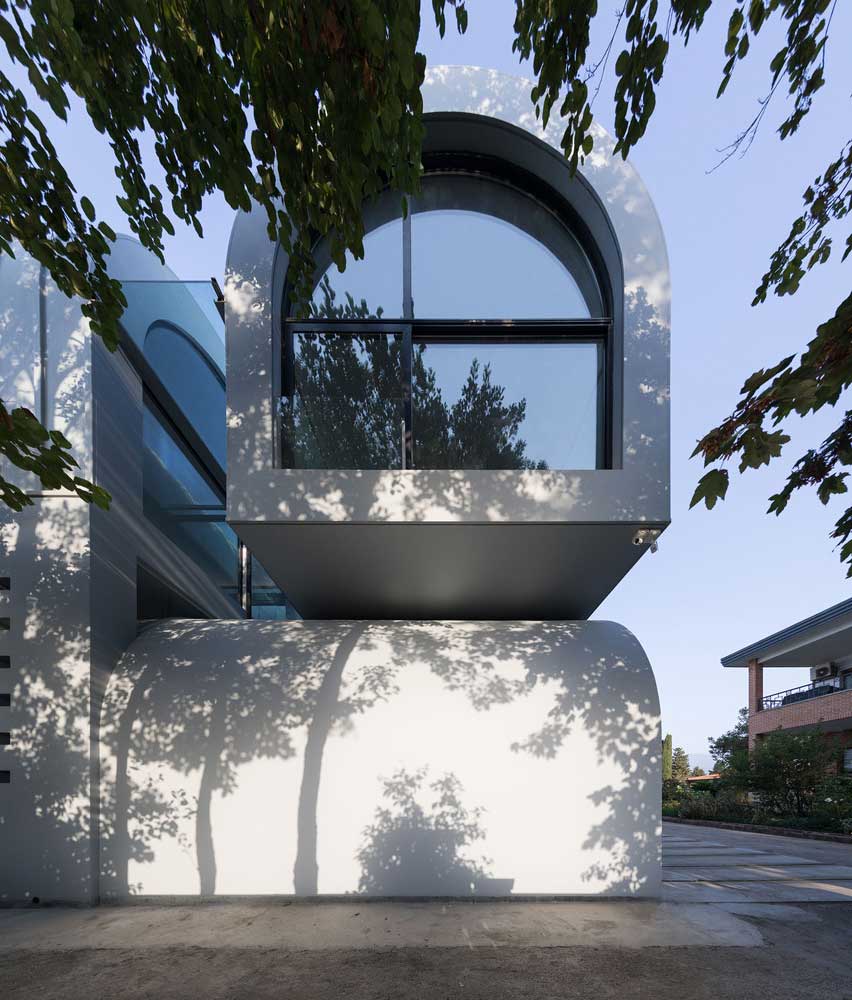
Benefits of Arched Ceiling Design
Arched ceilings offer a range of benefits that make them an attractive design element for any space. Firstly, they add visual appeal and aesthetic value to a room. The arch is a classic and elegant shape that can create a sense of grandeur and sophistication. Arched ceilings are often associated with historical and cultural significance, making them a perfect choice for spaces that require a sense of gravitas, such as libraries, museums, and religious institutions.
Additionally, arched ceilings can create the illusion of increased height and spaciousness, making them ideal for small or low-ceilinged rooms. The curved shape of an arch can make a room feel larger and more open, creating a sense of airiness and freedom. Finally, arched ceilings offer a great deal of flexibility in design and customization. They can be crafted from a variety of materials, including plaster, wood, and metal, and can be finished in a variety of ways, from painted murals to intricate mosaics.
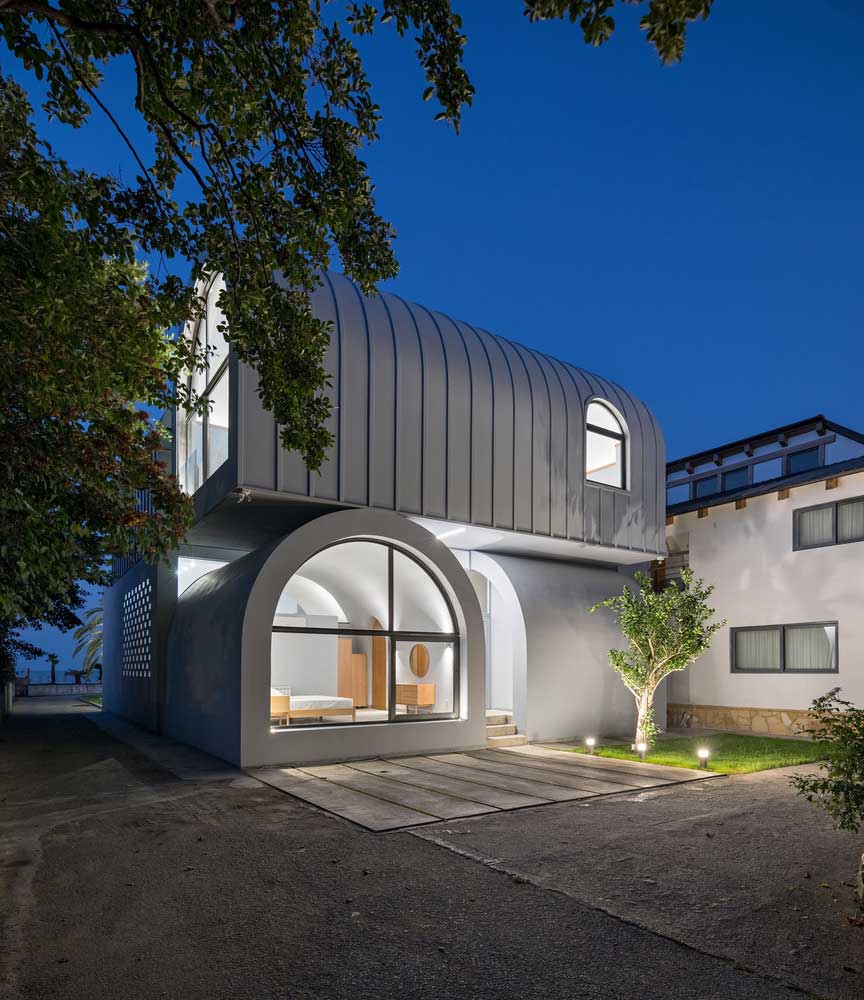
Types of Arched Ceilings
There are several types of arched ceilings, each with its own unique properties and benefits. The most common types of arched ceilings are:
- Barrel vault: A barrel vault is a simple, rounded ceiling that follows the curve of a barrel. This type of ceiling is easy to construct and offers a clean, streamlined look.
- Groin vault: A groin vault is a more complex type of arched ceiling that is created by intersecting two barrel vaults at a right angle. This type of ceiling offers a greater sense of depth and complexity.
- Dome: A dome is a circular or elliptical ceiling that is often used in religious or monumental architecture. Domes can be made of a variety of materials, including concrete, metal, and glass.
- Ribbed vault: A ribbed vault is a type of arched ceiling that features a series of intersecting arches, or ribs. This type of ceiling is often found in Gothic architecture and offers a sense of grandeur and elegance.
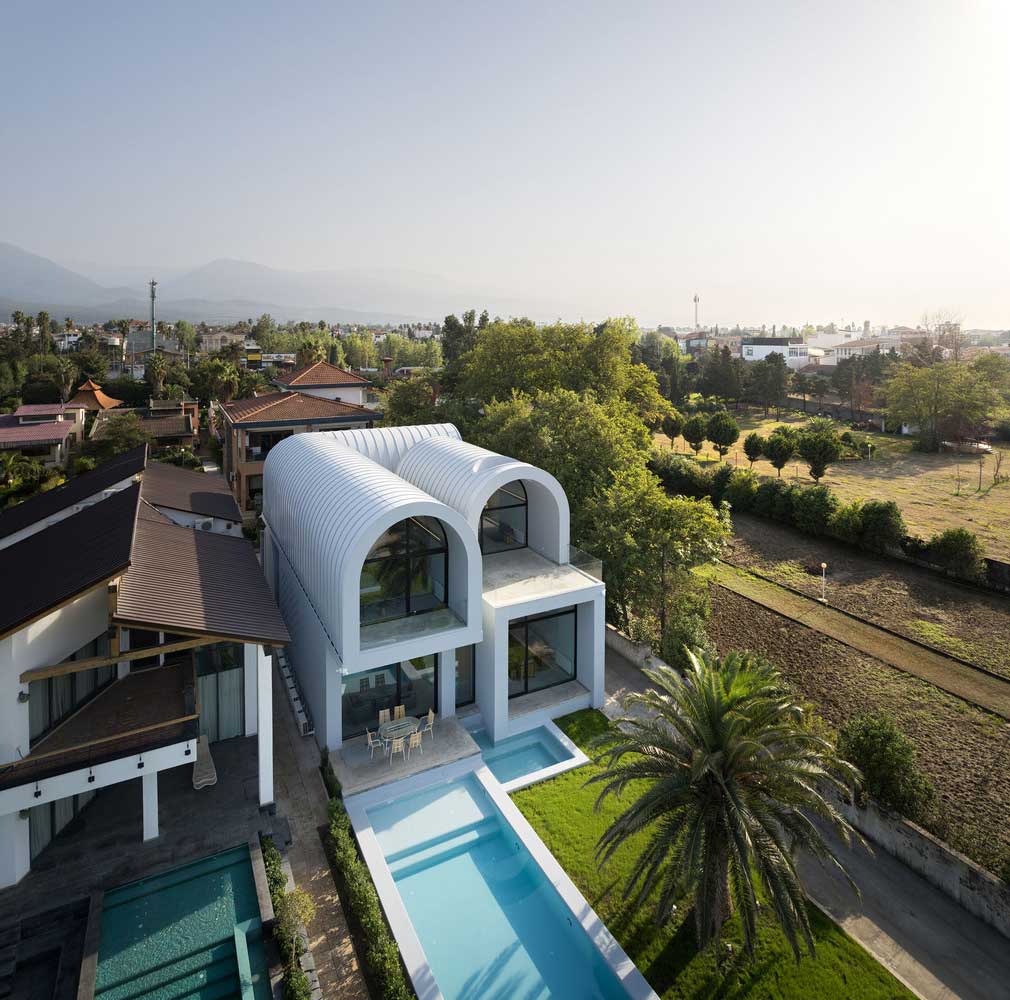
Considerations for Arched Ceiling Design
While arched ceilings offer many benefits, there are several considerations that must be taken into account when designing and constructing them. Firstly, structural requirements and limitations must be considered. Arched ceilings require a strong and stable support system, which may require additional reinforcement or modifications to the existing structure. Additionally, lighting and acoustics must be taken into account, as arched ceilings can create unique lighting and sound effects.
Material and finish options must also be considered when designing an arched ceiling. Plaster is a popular material for arched ceilings due to its versatility and durability. However, wood, metal, and glass can also be used to create unique and striking effects. Finally, budget and timeline must be considered when designing an arched ceiling. Arched ceilings can be complex and time-consuming to construct, which may impact the overall cost and timeline of a project.
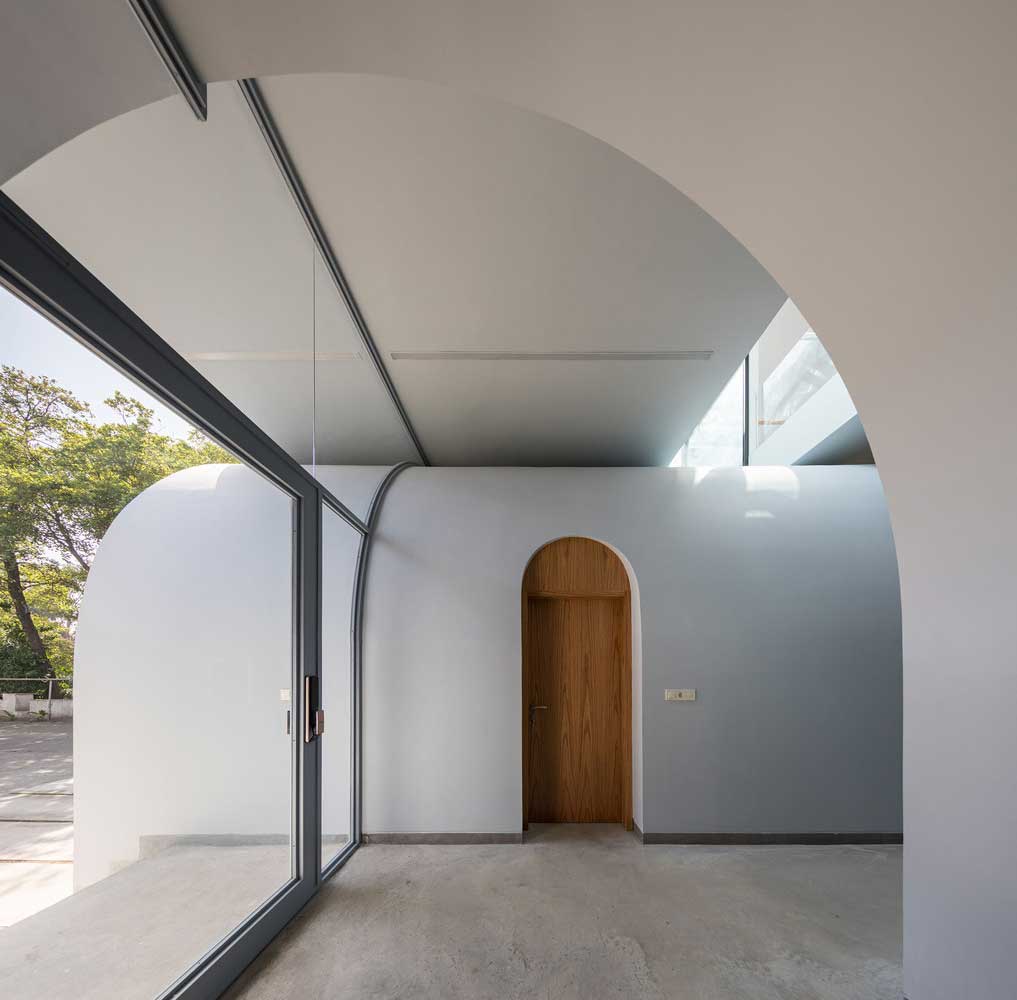
Examples of Arched Ceiling Design in Practice
Arched ceiling design can be found in a wide range of spaces, from residential to commercial to institutional. In residential spaces, arched ceilings are often found in grand living rooms or dining rooms, where they create a sense of luxury and elegance. A barrel-vaulted ceiling can be used to create a clean and modern look, while a more ornate groin-vaulted or ribbed-vaulted ceiling can create a sense of grandeur and opulence.
In commercial spaces, arched ceilings are often used in lobbies, restaurants, and hotels to create a sense of drama and sophistication. A dome-shaped ceiling can be used to create a sense of awe and wonder, while a ribbed-vaulted ceiling can add a touch of elegance and refinement.
Arched ceilings are also commonly found in religious and institutional spaces, such as churches, libraries, and museums. In these spaces, arched ceilings are often used to create a sense of history and culture. A dome-shaped ceiling can create a sense of spirituality and transcendence, while a groin-vaulted or ribbed-vaulted ceiling can add a sense of grandeur and magnificence.

One stunning example of arched ceiling design is the Sheikh Zayed Grand Mosque in Abu Dhabi. The mosque features a series of intricately designed domes and arched ceilings that create a sense of grandeur and awe. The mosque’s main prayer hall features a massive chandelier that hangs from a series of domes, creating a dazzling effect that is truly breathtaking.
Another example of arched ceiling design is the Sistine Chapel in Rome. The chapel’s ceiling was painted by Michelangelo in the early 16th century and features a series of intricate frescoes that depict scenes from the Bible. The chapel’s barrel-vaulted ceiling creates a sense of intimacy and reverence that is perfect for its religious function.
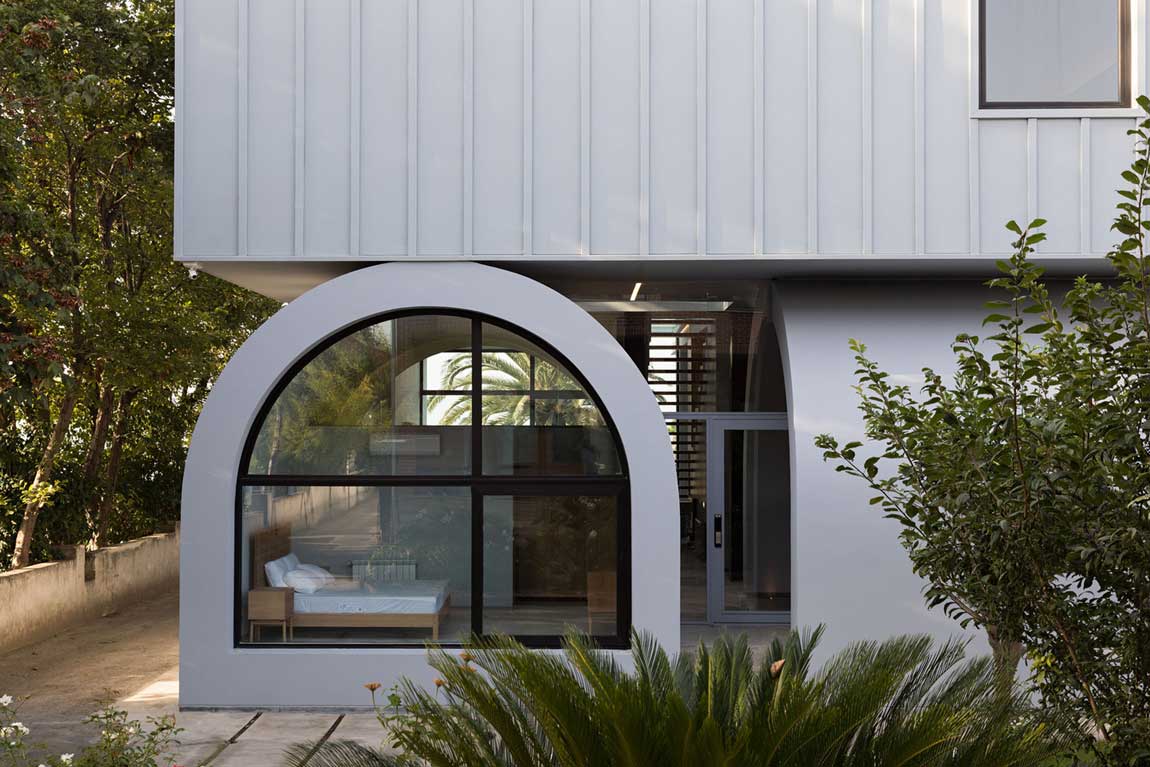
Incorporating Arched Ceiling Design into Your Project
If you’re considering incorporating arched ceiling design into your next project, there are several ways to do so. One way is to add a barrel-vaulted ceiling to a room, creating a clean and modern look. Another way is to add a groin-vaulted or ribbed-vaulted ceiling to a space, creating a sense of grandeur and opulence.
Another way to incorporate arched ceiling design into your project is to use materials and finishes that complement the overall aesthetic of the space. For example, a plaster ceiling can create a classic and elegant look, while a wood ceiling can add warmth and texture to a room.
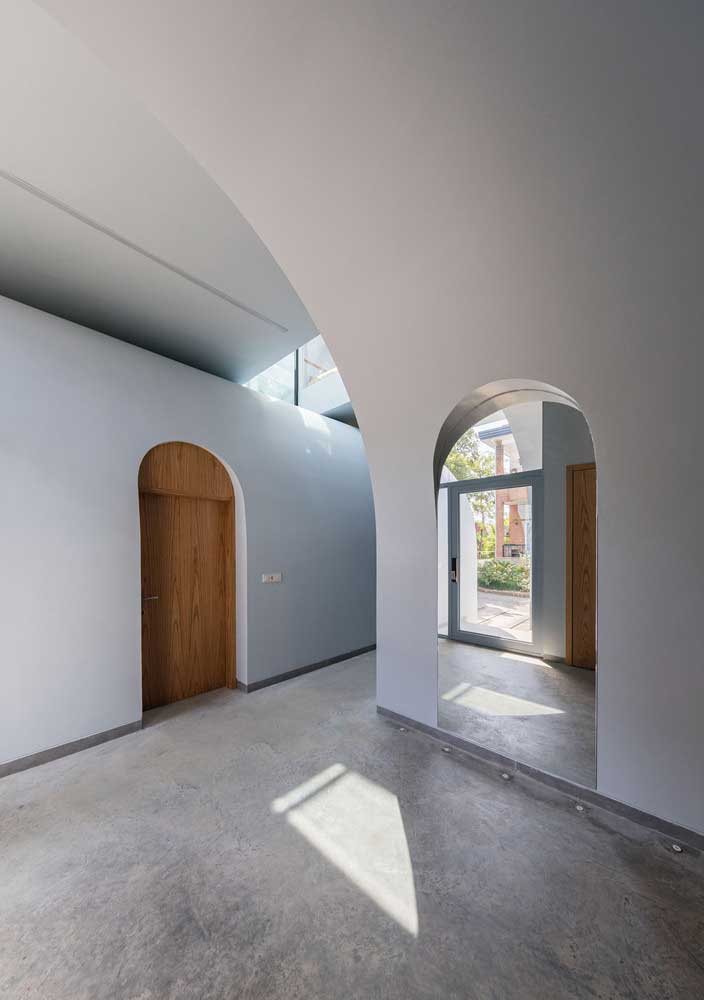
When designing an arched ceiling, it’s important to work with a skilled architect or designer who can ensure that the design is structurally sound and aesthetically pleasing. A skilled professional can also help you choose the right materials and finishes for your project, and can help you stay within your budget and timeline.
Arched ceiling design is a timeless trend that can add architectural interest and elevate the overall aesthetic of a space. Arched ceilings offer a range of benefits, including visual appeal, increased height and spaciousness, and flexibility in design and customization. When designing an arched ceiling, it’s important to consider structural requirements and limitations, lighting and acoustics, material and finish options, and budget and timeline.
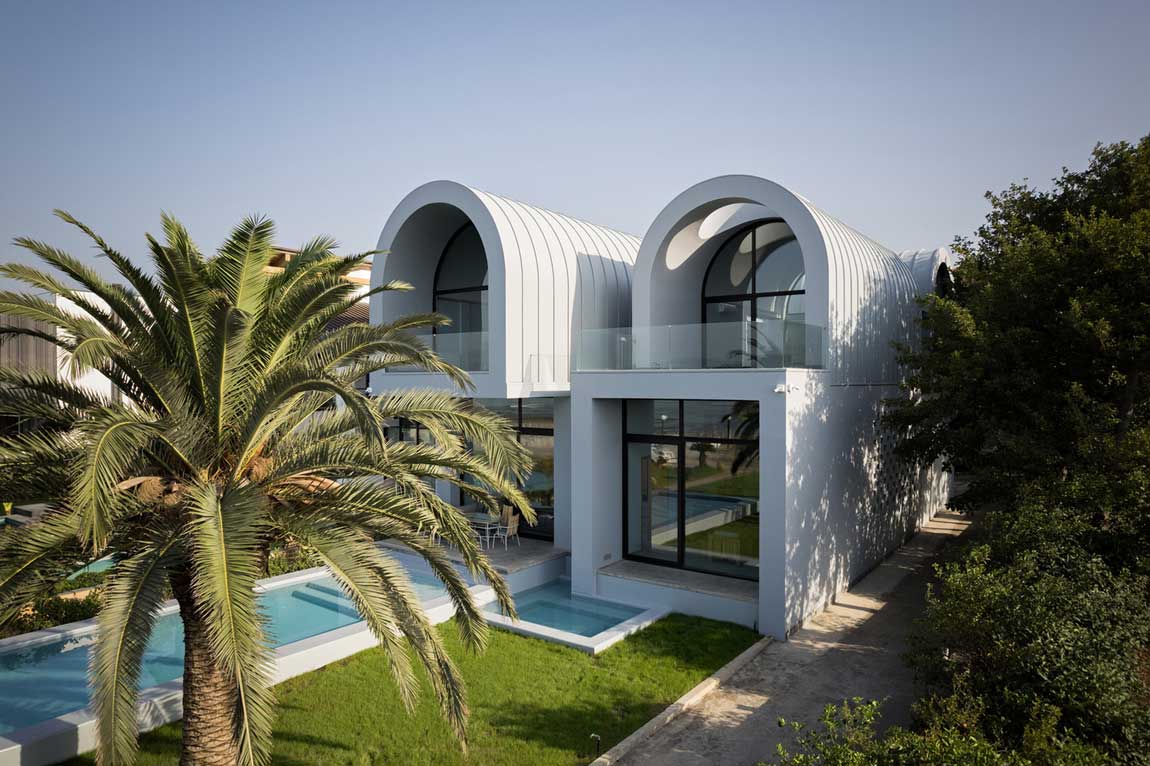
Arched ceiling design can be found in a wide range of spaces, from residential to commercial to institutional. If you’re considering incorporating arched ceiling design into your next project, there are several ways to do so, from adding a barrel-vaulted ceiling to a room to using materials and finishes that complement the overall aesthetic of the space.
Overall, arched ceiling design is a beautiful and elegant way to add architectural interest to any space. With careful planning and execution, an arched ceiling can transform a room from ordinary to extraordinary, creating a sense of drama, sophistication, and timeless beauty.
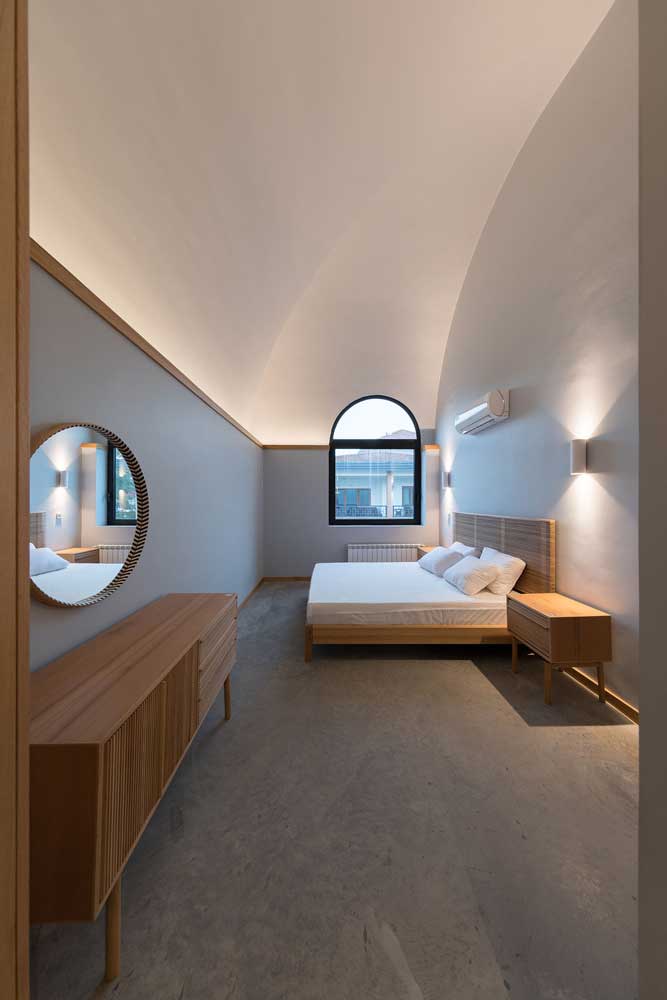
Vaulted and arched ceilings: examples of the use of brick, wood, plywood, and concrete
A vault is a constructive technique that is achieved by compressing the materials that form it together. Although this technique has existed since the days of the ancient Romans, certain types of vaulted ceilings, such as the Catalan or Valencian vaults, only achieved popularity in certain regions of the world at the beginning of the 19th century. With their ability to span over 30 meters and increase the height of structures, vaulted ceilings have become a popular means of building industrial spaces such as workshops, factories, and warehouses.
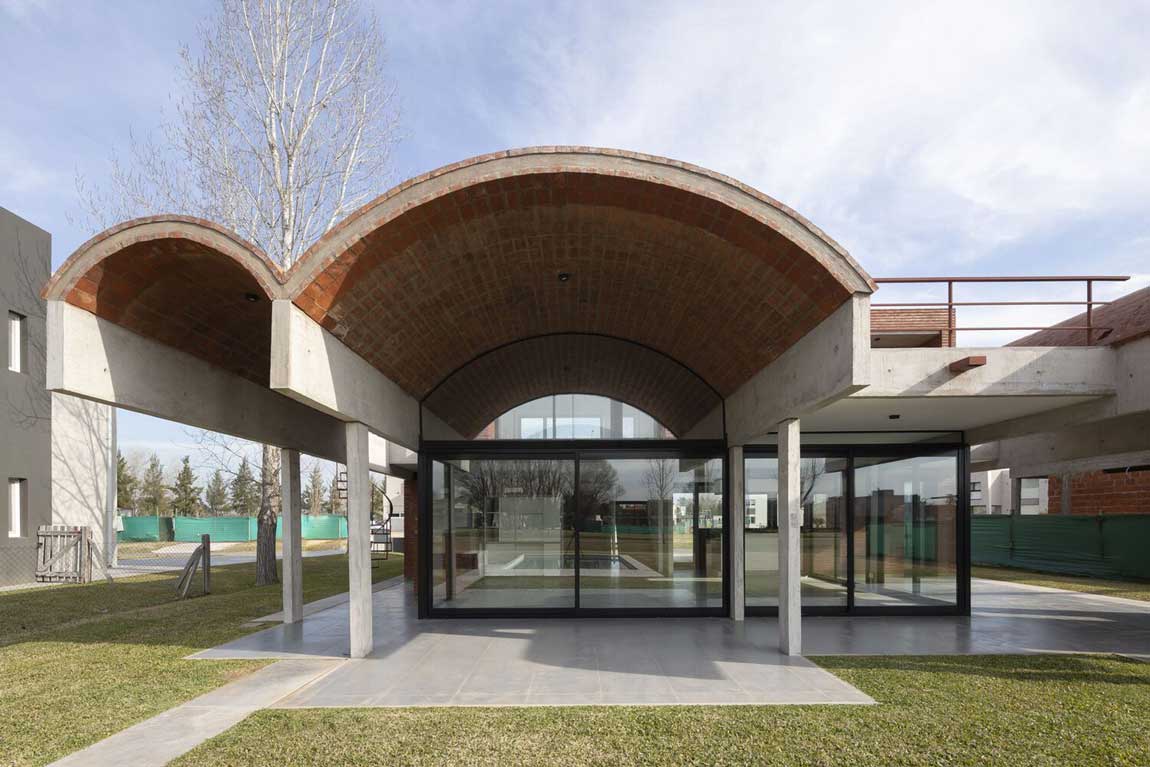



















Smaller arches, on the other hand, are usually prefabricated or built on-site from clay, concrete, or other materials and are used in combination with concrete or steel beams or rafters to support walkways or attics. In general, they are less curved than traditional vaults as they are usually used for much narrower spaces. Their ease of assembly makes them a popular design trick in many parts of the world.
CEILING ARCH – STYLISH RURAL INTERIOR
If hundreds of years ago, an arched ceiling could only be seen in a temple or palace, today architects are actively using this type of decoration in private housing. A beautiful shape and an unusual solution to the formation of the ceiling give the interior a special and individual touch. This is how Andrew Trotter saw a farmhouse in Ostuni (Italy).

A small house among olive groves is located on the crest itself, revealing unrivaled sea views. The owners decided not to depart from the traditions of home decoration, and in one thought with the architect came up with an original solution for their comfortable residence.

Each room is a transparent purity of white walls, combined with simple furnishings.

In order not to aggravate the interior and not turn it into a nondescript room, an arched ceiling was used. This form takes place in all rooms of the house, which makes the space unified, with one sense of organization. The building used traditional materials for the area – white stone.

Vaulted ceilings are a complex structure, for the construction of which you need to make a lot of effort. The house has several separate rooms:
- Living room;
- Veranda with open kitchen;
- 6 bedrooms;
- SPA-center;
- Gym.
Such a complex cannot be called rural housing, but for its owners, it was such a layout that allowed the creation of a cozy atmosphere.
What is special about arched ceilings?
The arched ceiling is gradually reaching its peak of popularity. The form of coverage is used in apartments, houses, and country cottages. The advantage of this design is the ability to increase space, expand the area of the room and create a classic aesthetic. A vaulted ceiling combined with stone flooring provides excellent cooling on hot summer days.


A distinctive feature is a fact that the arched ceiling is not only the main element of the interior design. An arched structure is highlighted in the central part of the courtyard. The entrance area, as it were, prepares the guest for the fact that there are no traditional signs of modernity inside. For finishing the arched ceiling, no additional materials are used, only natural white stone.

There are no distinctive elements and design zones in the interior – everything is decorated in a snow-white color, which is associated with the purity of the inner and surrounding world. The situation is as close as possible to rural traditions – a minimum of furniture, the absence of unnecessary decor, natural materials, and finishes. The rooms have white sofas, wooden tables, and painted white, snow-white beds.
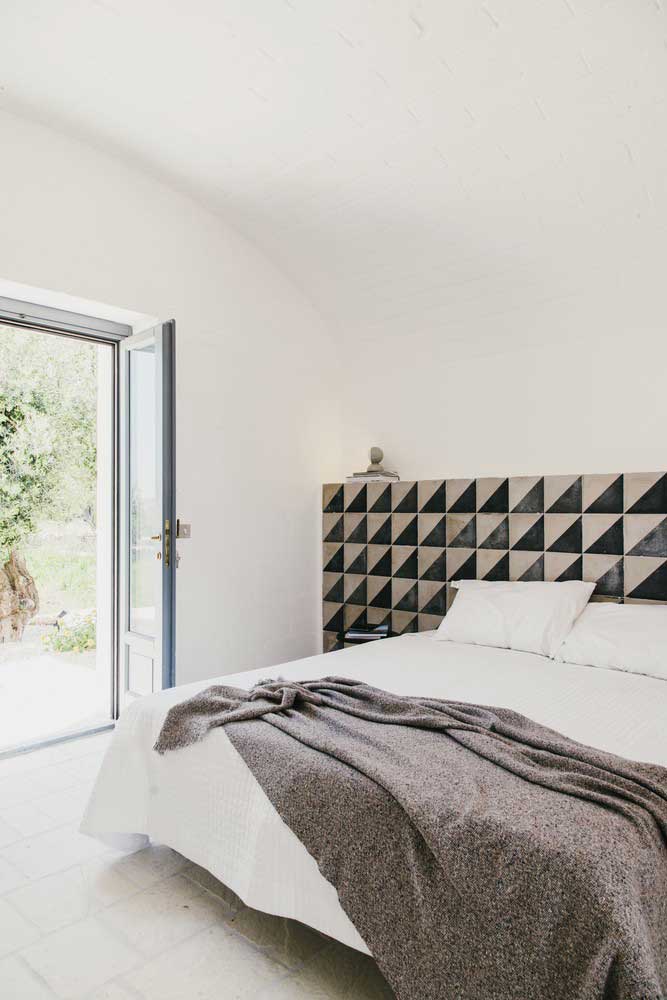
The successful layout allowed the opening of the exit from the bedrooms and living room to the garden. Panoramic windows and sliding doors open onto a terrace, an open veranda with fields and sea visible. Italian passion is absent in this house. Everything here is saturated with love for naturalness and natural purity. After watching a photo of the Masseria Moroseta project, many will think about repeating the arched ceiling in their home.
| Architects | Andrew Trotter |
| Photo | Salva López |
More Arched Ceiling Designs







